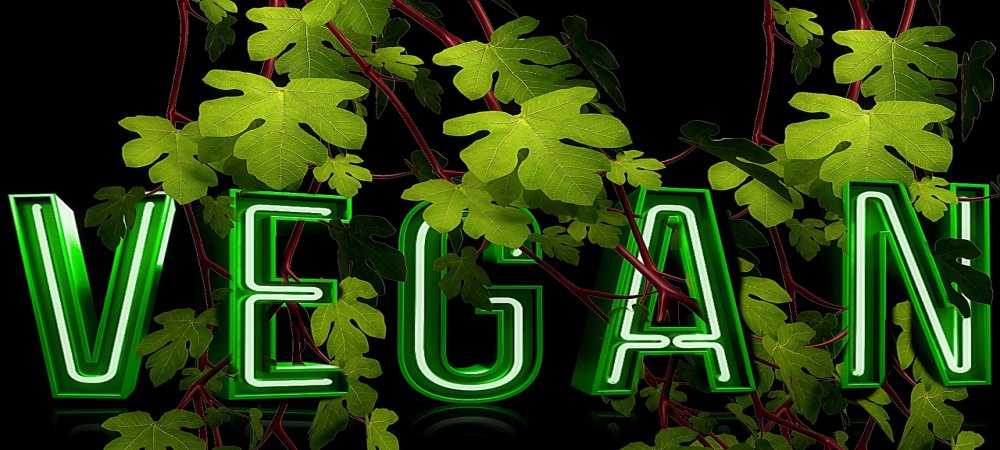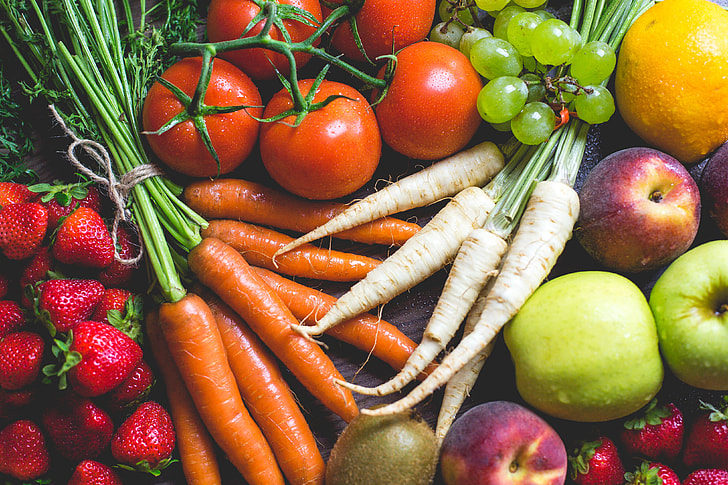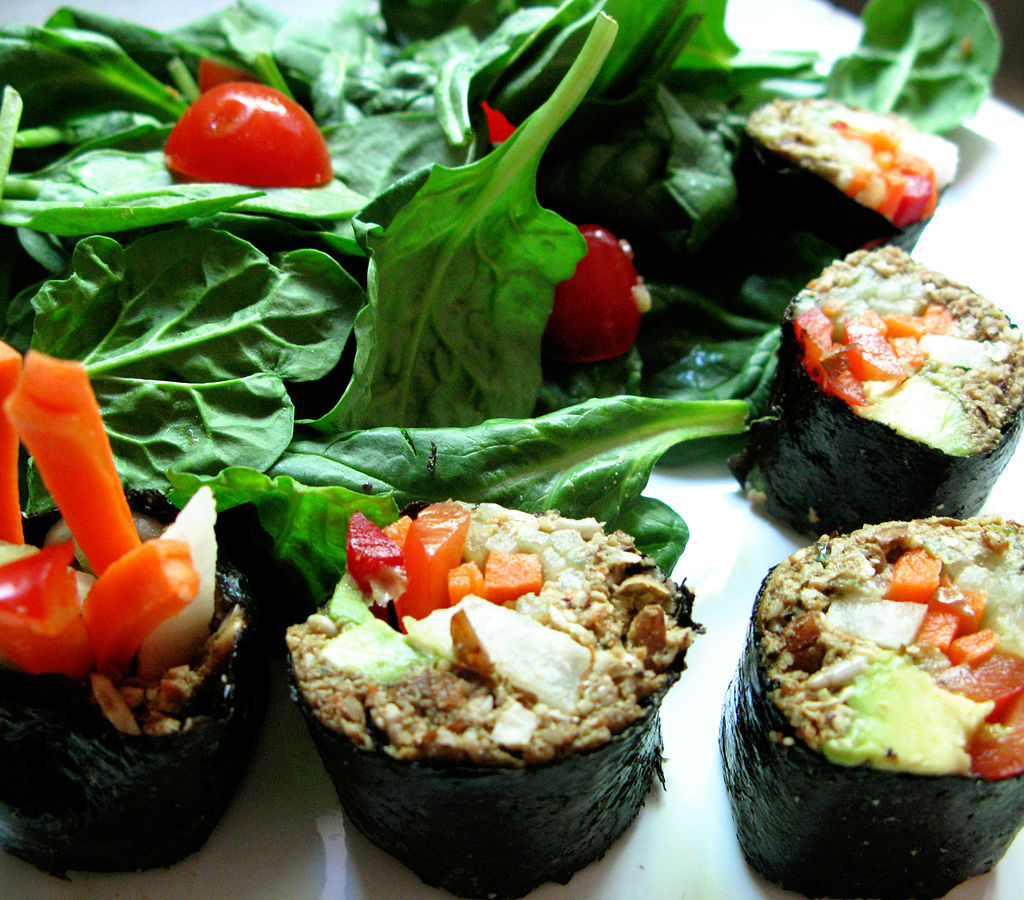By Srijal Srivastava

The simple mention of the word ‘Vegan’ entails long debates, and if not that, then the air is filled with questions about the economy, morals, personal choice, and the age-old favourite – “practicality”. The “true battle” however, is not between vegans and non-vegans. It is between the availability of choice and choice itself. To put it more crudely, the choice between acquiring adequate nutrition through animal products or plant alternatives requires the availability of plant alternatives. Another looming question in the ‘vegan debate’ is the effect that the vegan movement might have on unique indigenous cultures and lifestyles.
Vegans commonly list three reasons for choosing their lifestyle and they are – health, animal cruelty, and the environment. To begin with the first one, that is health, research has suggested that almost sixty per cent of the population in India is lactose intolerant. This comes as bad news for vegetarians who rely on milk and other dairy products as the only source of calcium; though there are numerous plant-based alternatives. Also, dairy is not just harmful in terms of adulteration but it is likely to become a public health issue by causing Type-1 diabetes, autism, and other major problems due to the natural genetic mutations that have been observed in cows as reported by The Hindu. As for meat and egg-based products, using the very argument that is commonly used against vegans, purchasing expensive organic and health label products that are available in supermarkets is far from the reality of many. During the production and packaging process, animals are mostly not checked for underlying diseases and pathologies.

Animal Cruelty, on the other hand, shows its ugly face from time to time. As we comfortably store (or steal) away gallons of milk in our refrigerators, calves are fed alternatives. And the dark humour of “scientific research” has been cooking up soy-based alternatives for calves to feed on, while farms take their share away to serve human populations. Cows and chickens are artificially and forcefully inseminated for initiating the process of lactation and egg production. Going through so many pregnancies reduces their life-span and health. Even horses and bullocks are hardly taken care of if their commercial use and value declines due to factors like age, disease, or injuries. Choosing one species over the other for showering our love and respect (speciesism) has been a part of our lives since time immemorial, be it dogs or elephants.
But before any cultural or social misunderstanding creeps in, one is bound to acknowledge that like every other way of life or idea, Veganism keeps taking new colours in India. And it was last seen wearing the colour saffron. There is a clear distinction between “Hindu Vegetarianism” and “Veganism”. The former was used to form a caste-based differentiation in the Brahmanical system and was used to look down on non-vegetarians in the society. The latter, however, does not carry any such hidden oppressive agendas. And this is precisely where the concept of “socially conscious Veganism” comes in.
The human race has been on an animal-protein based diet for the majority of its existence and Veganism has only had the space for emerging in societies and economies that are agricultural – note the absence of the words “advanced” or “superior”. To expect our much valued indigenous populations that do not depend on agricultural modes of production for their survival to switch to Veganism is a threat to their very survival. However, this is not true for populations that live in societies where there is a fair amount of culturally non-intrusive connectivity to provide for plant-based nutritional alternatives.

Veganism as a concept should be applied where it is and can be made practically possible. This might sound like a quick-fix to this debate, but using the lifestyle of a society that is not similar to the one we might be currently living in, is no reason to ignore voiceless animals. An omnivorous diet becomes necessary if we all go back to the jungles, but the blue light reaching our eyes through our screens carries the truth of our existence. Will the indigenous populations even consider touching our adulterated food?
Coming to the third reason, that is environmental conservation, a vegan diet has proven to be the most environmentally sustainable one when we consider huge populations living off farm-based production and industrialised economies. However, one might point towards the vast lands that are needed for that level of agricultural output and the subsequent encroachment on forest lands it might lead to. This shows us the reality that veganism is yet to be incorporated in society’s way of living; horticulture is suggested as the best method for doing so and can take the pressure off lands.
To conclude, the voices and accusations that are hurled during debates on a vegan lifestyle will not be the same and reach different parties if Veganism is understood as a public health issue and an environment-friendly concept. Rome wasn’t built in a day, and the same applies to vegan societies. It is beneficial even if we only let it clear our lenses that are dirtied by commercial advertisements through misleading and “funded outcome-based research” on the health benefits of what they are selling because the fact that we turn a deaf ear to the screams of animals (or livestock as people put it) isn’t enough for us to change. This expected change will require much more.
Disclaimer: All views expressed in this article are of the author and do not, in any way, reflect the opinions of the members associated with this organization. They are not intended to malign any group, organization, company, or religion.

